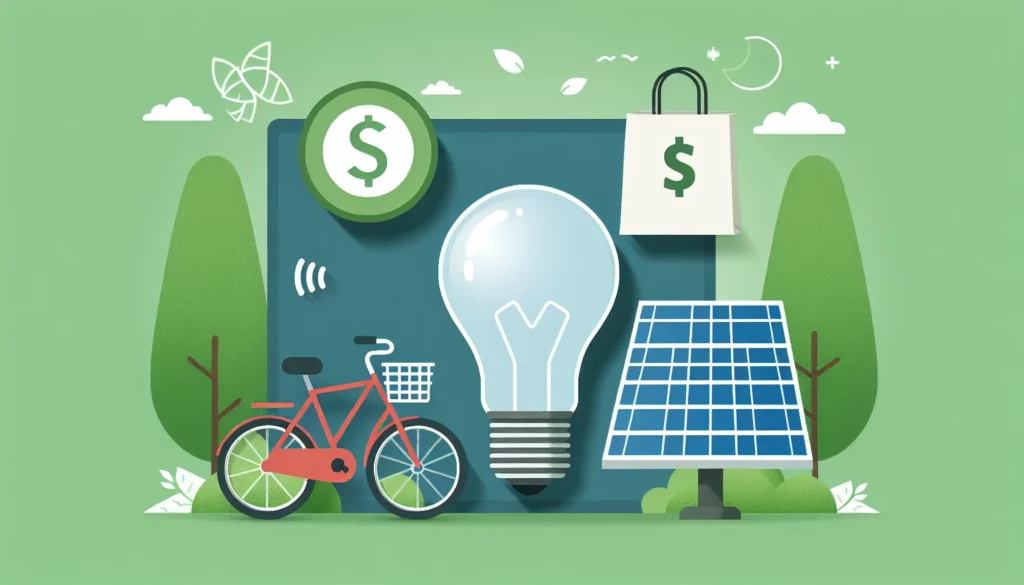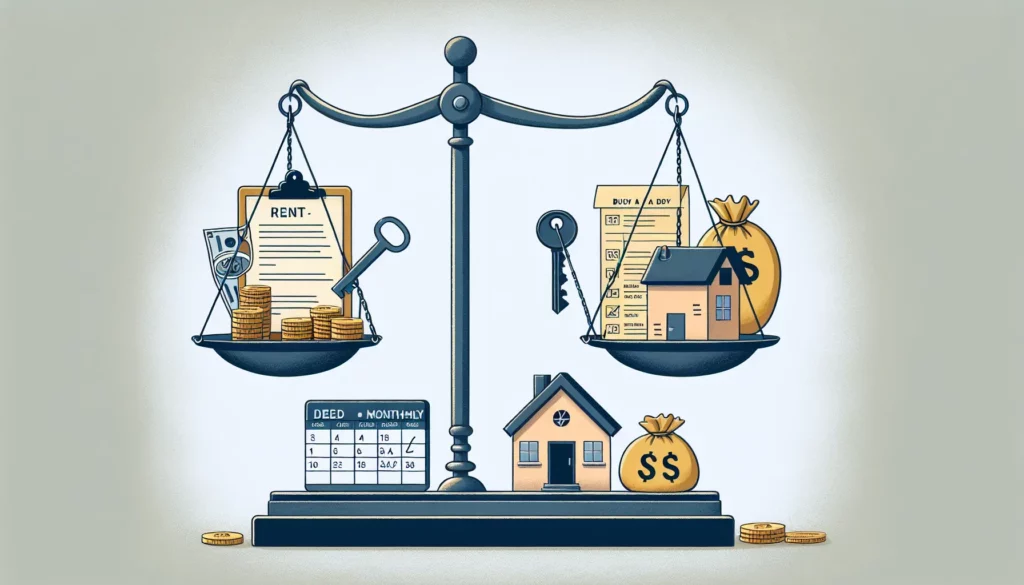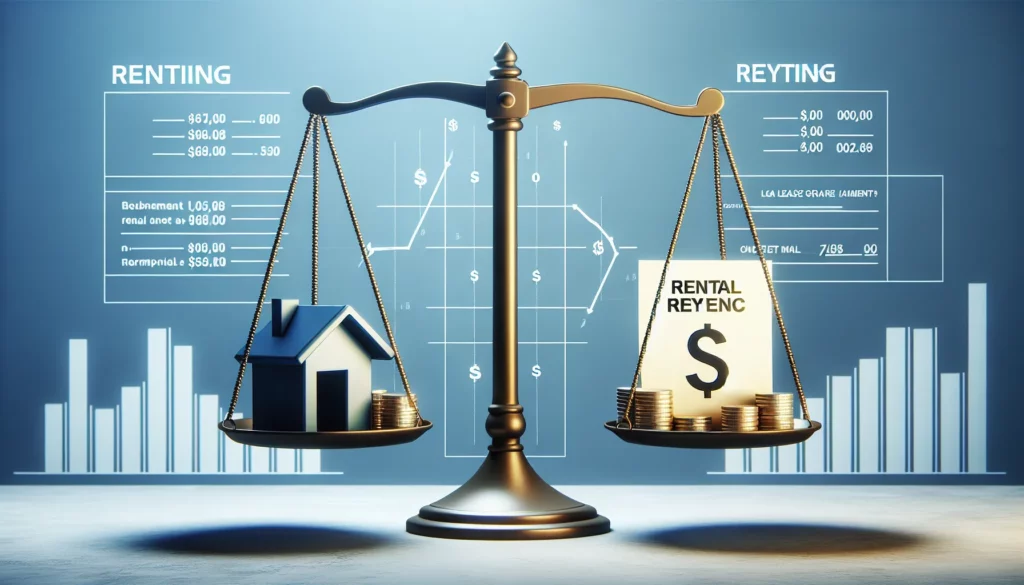Interest rates play a crucial role in shaping our financial landscape. They affect everything from our savings accounts to mortgage payments, credit card debt, and investment returns. Let’s explore how changes in interest rates can create a ripple effect throughout your personal finances.
The Basics of Interest Rates
Interest rates represent the cost of borrowing money or the return on lending money. When you take out a loan, you pay interest. When you put money in a savings account, you earn interest. The Federal Reserve, often called “the Fed,” sets the benchmark interest rate, which influences rates across the economy.
How Interest Rates Affect Your Savings
When interest rates rise, the returns on your savings accounts typically increase. This means your money grows faster, which can be particularly beneficial for emergency funds. However, it’s important to shop around for the best rates, as not all banks adjust their rates equally or immediately.
The Impact on Borrowing Costs
Higher interest rates mean higher borrowing costs. This affects various types of loans:
- Mortgages: Higher rates lead to more expensive home loans, potentially making homeownership less affordable.
- Credit Cards: If you carry a balance, you’ll pay more in interest charges when rates rise.
- Auto Loans: Car loans become more expensive, affecting your monthly payments.
- Personal Loans: The cost of borrowing for personal expenses increases.
Understanding these impacts can help you make better decisions about when to borrow and how to manage existing debt.
Investment Implications
Interest rates can significantly influence investment strategies:
- Bonds: When rates rise, bond prices typically fall, affecting fixed-income investments.
- Stocks: Higher rates can lead to decreased stock valuations, especially for growth stocks.
- Real Estate: Rising rates may cool the housing market, affecting real estate investments.
Rebalancing your investment portfolio in response to interest rate changes can help maintain your desired risk level and potential returns.
Planning for Retirement
Interest rates play a crucial role in retirement planning. Higher rates can benefit retirees by increasing returns on savings and fixed-income investments. However, they can also affect pension fund performance and annuity rates.
Long-term strategies for retirement savings should consider the potential for interest rate fluctuations over time.
Strategies to Manage Interest Rate Changes
- Pay Down High-Interest Debt: When rates rise, focus on paying off high-interest debt like credit cards.
- Consider Refinancing: If rates fall, look into refinancing existing loans for potential savings.
- Diversify Investments: A mix of assets can help buffer against interest rate impacts.
- Stay Informed: Keep track of Fed announcements and economic indicators that might signal rate changes.
The Bigger Economic Picture
Interest rates don’t just affect personal finances; they influence the entire economy. Lower rates can stimulate economic growth by encouraging borrowing and spending, while higher rates can help control inflation by slowing down economic activity.
Understanding this broader context can help you anticipate potential changes in your financial situation and make proactive decisions.
Adapting Your Financial Plan
As interest rates change, it’s crucial to review and adjust your financial plan. This might involve:
- Reassessing your budget
- Adjusting your savings strategy
- Reviewing your investment allocations
- Considering new financial products that may become more attractive
Creating a personal budget that accounts for potential interest rate changes can help you stay on track with your financial goals.
Conclusion
Interest rates have a far-reaching impact on your finances, affecting everything from your savings to your borrowing costs and investment returns. By understanding these effects and staying proactive, you can better navigate the changing financial landscape and work towards your long-term financial goals. Remember, financial planning is an ongoing process, and staying informed about interest rate trends is a key part of managing your money effectively.
Frequently Asked Questions
How do interest rates affect my savings accounts?
When interest rates rise, you typically earn more on your savings accounts. This means your money grows faster, especially beneficial for emergency funds. However, it’s important to compare rates across different banks, as not all institutions adjust their rates equally or immediately.
Will higher interest rates make it harder to buy a home?
Yes, higher interest rates can make homeownership less affordable. When rates increase, mortgage loans become more expensive, resulting in higher monthly payments. This can impact your ability to qualify for a loan or reduce the amount you can borrow for a home purchase.
How do interest rates impact my investments?
Interest rates significantly influence investments. When rates rise, bond prices typically fall, affecting fixed-income investments. Higher rates can also lead to decreased stock valuations, especially for growth stocks. Additionally, rising rates may cool the real estate market, impacting property investments.
Should I pay off my credit card debt when interest rates increase?
Yes, paying off high-interest debt like credit cards becomes even more important when interest rates rise. Higher rates mean you’ll pay more in interest charges if you carry a balance. Prioritizing debt repayment can help you save money and improve your overall financial health.
How can I adapt my financial plan to changing interest rates?
To adapt your financial plan to changing interest rates, consider reassessing your budget, adjusting your savings strategy, reviewing your investment allocations, and exploring new financial products that may become more attractive. Staying informed about economic indicators and Federal Reserve announcements can help you anticipate and prepare for potential rate changes.










